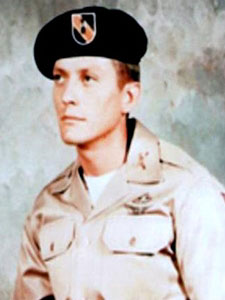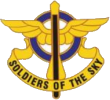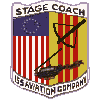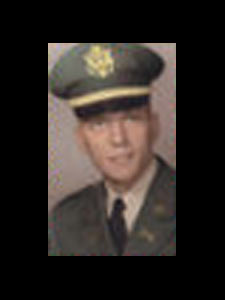| |
|
|
|
Fred Omar Pratt
First Lieutenant
155TH AHC, 10TH AVN BN, 17TH AVN GROUP, 1ST AVIATION BDE, USARV Army of the United States Columbus, Georgia August 17, 1941 to August 26, 1968 FRED O PRATT is on the Wall at Panel W46, Line 32 See the full profile or name rubbing for Fred Pratt |

  |

|



| |

1LT FRED OMAR PRATT
|
|
I was a flight student with Fred and Tom Powell, also on the Wall.
From VHPA, Vol. 16, October 1999 ... Class 68-4.
From a friend, |
|
1Lt. Fred Omar Pratt Pratt Hall, the flight simulator building at Fort Rucker, is named in Omar's honor. Don't let the memory of our fallen drift away - they gave their lives so that we and others shall be free. Let us never forget that freedom is bought with blood. *Remember our fallen*
From his niece, |
|
Lt. Fred Omar Pratt
Remember Our Heros
His sister |
|
As a citizen who has her freedom because of My sincerest thanks to the Pratt family for this sacrifice.
Joi, a friend of our Military and their families. |
A Note from The Virtual WallThe Duc Lap Special Forces Camp (Det A-239, commanded by 1LT William A. Harp) was situated on two hilltops linked by a saddle southwest of Ban Me Thout. Shortly after midnight on 23 August 1968 the 95th North Vietnamese Regiment struck both the SF camp and the district headquarters compound some four miles away and by dawn had surrounded the camp. During the 23rd two Mobile Strike Force (MSF) companies from Pleiku had been airlifted into the area but were unable to make headway against the now-entrenched NVA. After nightfall the NVA assaulted and captured the smaller northern hilltop, using captured weapons and munitions to increase the fire being brought to bear on the southern hilltop. On the 24th, three MSF companies were engaged in a battle on the camp's runway; two were turned back, but the 202nd MSF Company was able to make it into the camp perimeter. Shortly afterwards, a B-40 rocket hit just outside the tactical operations center, killing one SF soldier (SFC Harold F. Kline, Frederick, MD) and a Montagnard artilleryman as well as severely wounding the senior SF officer present and several others. Just before dawn on the 25th the NVA staged another assault, breaching the outer perimeter and occupying bunkers there; the assault was halted at the inner wire line. By midmorning several of the captured bunkers had been destroyed, but the situation was grim: the ammunition supply was depleted, the partially trained Montagnards were panicked, and the US and Australian advisors were uncertain if the camp could be held.Conditions improved when Air Force C-7 CARIBOU transports made low-level ammunition drops into the camp perimeter, and more radically when four MSF companies were able to get into the camp itself. By early afternoon the defenders had organized themselves and planned a counter-assault. The 513th MSF Company assaulted the remaining captured bunkers in the saddle while the 522nd Company assaulted the NVA-held northern hilltop. The initial assaults were successful and additional MSF troops were put into what became a five-hour bloody battle for the hilltop. By mid-evening the hill was in friendly hands - but at high cost to both sides. Five US Special Forces soldiers had died in the fighting on 25 August:
Captain Thomas S. Powell, mentioned by Fred Lee above, was assigned to H Troop, 10th Cavalry. He and his observer were killed on 19 April 1972 when OH-6A tail number 67-16499 was shot down while on a recon mission southwest of Pleiku. |
| Contact Us | © Copyright 1997-2019 www.VirtualWall.org, Ltd ®(TM) | Last update 08/15/2019. |